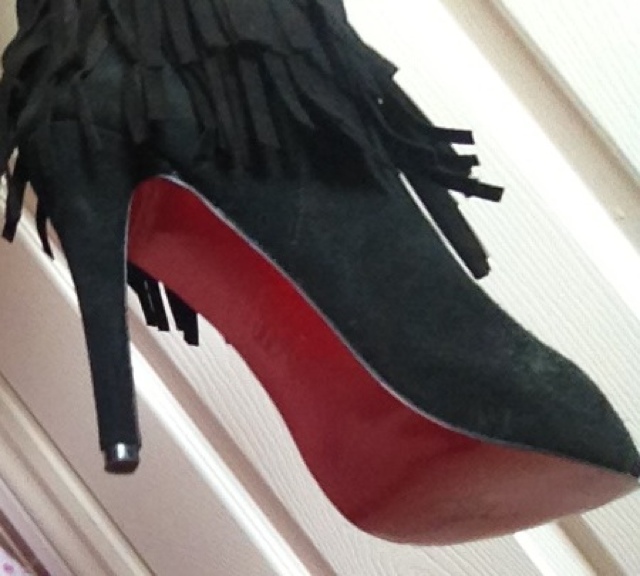Brian Duffy was a British fashion photographer, peaking in the 1960’s and 1970’s becoming internationally recognized, as one of the “terrible three”, along with David Bailey and Terence Donovan.
“Before 1960, a fashion photographer was tall, thin and camp. But we three are different: short, fat and heterosexual!”
On the 9th February 2012 I visited the Museo Nazionale Alinari della Fotografia, Florence to see the exhibition dedicated to Duffy’s photography from the swinging 60’s that was running from the 12th of January through until 25th March. On arrival to the small entrance I paid €7.50, student rate, at the gift shop till and entered through the right hand doors into a spacious maze-esque room. The exhibition had been split into three sections to show Duffy’s best work: Moda (fashion), Volti (Faces), showing people such as Michael Cane, David Bowie and Arnold Schwarzenegger, and finally Denaro (Money), including his adverts for Benson and Hedges.
Each photograph had been mounted on a plain white wall, at a average height for eye level, with roughly 3feet (minimum) between itself and the next, allowing you to have full appreciation of each one without being distracted by something else. Exactly how it should be to appreciate some of the best British fashion photography.
The exhibition was quiet and very few people were there when I was, allowing you to think and not have people crowding around to try an peer over your shoulder, slowly observing and moving on to the next at your own pace, slowly drifting back in time, wishing that I was there, when such great things we’re shaping history. The collection of photographs were limited, however the legacy of Duffy’s great work is limited due to him deciding to destroy many of his negatives, burning them in his back garden in 1979, like many other infamous artists. *
Although the collections of images were limited, the rest of the museum was filled with photography as far back as can be recorded. With examples, show reels and vintage cameras in glass displays. However, what really interested me was deep in the dark depths at the back of the Dufy exhibition, you follow round a corner to a corridor with a screen built into the wall, with cushioned benches awaiting you to sit and watch a documentary on loop about Duffy himself. In a dark corner, you really felt submerged into the story and life of Duffy with the video around an hour playing on loop for people to trawl across whilst looking around his work. It was a great loss to the Fashion industry when Duffy passed away in 2010 and a even bigger loss that we cannot celebrate his work in a greater way. The exhibition was worth every euro spent.
The Great, Brian Duffy.
*“If you burn your bridges you’re fucked aren’t you? It’s very exciting, you can’t escape if you’ve burnt your bridges, you are forced into another set of dynamics. If I start thinking about the fucking fire in my garden I’ll go berserk and have a nervous breakdown. Now this story might be an absolute crock of shit and lies, but it’s the way I’ve been able to put it together in my cranium. I came in to start work, and an assistant said to me “We haven’t got any lavatory paper, bog paper, you know toilet paper,” and I said “Oh Yeah,” and he said, “We haven’t got any”… and I thought “I am either going to kill this bloke, or I am going to kill somebody.”
I realised in a flash that I’d ended up where I am, commander-in-chief, managing director, senior partner in charge of the toilet bloody paper.
And that’s when I decided to knock it on the head, and that I would never take another picture. During the course of the morning I decided to burn all my negatives. I was doing it in the garden, and I thought they’d burn like wood shavings, but it’s very difficult to get paper and plastic to burn.
All this bloody smoke going up, and a neighbour phoned the fire brigade and the Council, who came and stopped me. Bailey happened to come round, and he could see what I was doing, and I think he stood there like a spare dick at an Italian wedding, and said “I could look after those for you,” but I said “Don’t bother”, and he went. I felt everything I had to do and say in photography had been done. I suppose later on I wished I’d kept some negs [negatives]. Looking back on odd things we’ve found, I’d love to have known the sequence of prints, only from an historical point of view. You make decisions in one period that you wouldn’t necessarily make in another. But it’s very stimulating to try something new, it’s interesting to be crazy. The one thing I’ve never done is to make a wrong decision as a single entity.”*
Source’s:























